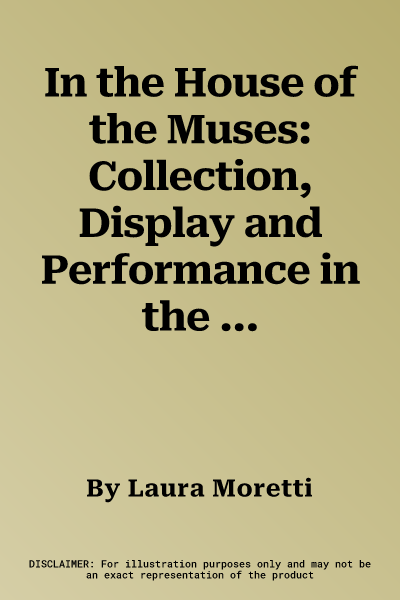This book reconstructs a cross-section of the activities that took place
in the rooms of the Veronese palace of Mario Bevilacqua, with the aim of
shedding light on the life, relationships and aspirations of a
preeminent figure in the world of collecting and Italian artistic
patronage in the final quarter of the sixteenth century. Mario
Bevilacqua was one of the greatest collectors of the second half of the
sixteenth century in the territories of the Republic of Venice. He was a
true lover of literature and the arts, expressing a deep appreciation
for music and an instinctive attraction to antiquities. In the family
palace on today's Corso Cavour in Verona renovated in the mid-sixteenth
century by the architect Michele Sanmicheli, Bevilacqua set up what
early sources describe as a museum open to the public. Here it was
possible to admire paintings, sculptures, drawings and prints, coins and
medals, manuscripts, printed books and musical instruments - all objects
collected over the course of approximately twenty-five years, to which
Mario dedicated much of his time and resources. The library, also
referred to as studio, was considered one of the richest in the city,
while the galleria contained masterpieces such as Tintoretto's Paradise
now at the Louvre, as well as antique statues and busts of Roman
emperors. The famous ridotto, in which salaried musicians and singers
performed regularly, was frequented by citizens and foreigners and
enjoyed international renown.

